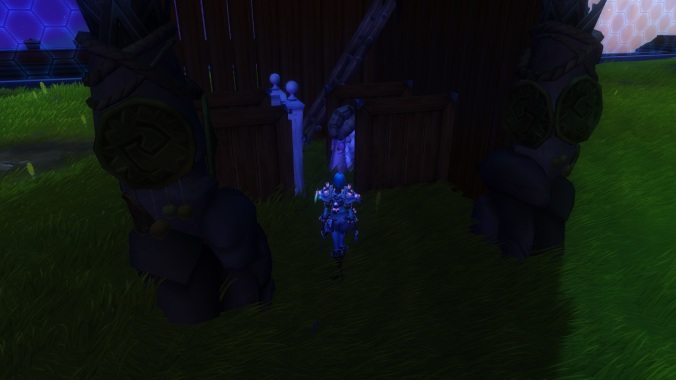If you’re a housing fan in WildStar, chances are you are considering architecture as a trade. There’s good and bad news to go with this. The good news is architect is a fun profession and your house will always be full of the finest toilets Nexian materials can craft. The bad news is architecture is expensive, and occasionally difficult. The description at the trainer isn’t joking, this profession isn’t for the faint of heart. You will need materials from every gathering profession, which means either hitting up the commodities exchange or leveling an army of alt minions to farm for you. There’s also a third way, which I am currently using. That is to train yourself in multiple gathering professions first, stash away large quantities of materials, then retrain architect. Unlike most other MMOs I have played, when you swap professions you retain your skill level and recipes learned. There is a cost involved, so make sure you store enough raw materials so you don’t have to swap very often!
Architect uses the “coordinate crafting system,” which it shares with technologist and cooking. The screen grabs I’m showing here are all from cooking, since everyone can use it and since I’m currently in “gathering mode” stockpiling materials before I swap back to architect again. I hear lots of questions about how this crafting system works, so here’s a quick rundown.
The Basics
In coordinate crafting, recipes have a basic output as well as one or more “specials” which must be targeted to be crafted. This means if you just want the basic output all you need to do is gather the raw materials, open up the recipe and click “craft.”
To craft one of the “specials,” you need to target it on your diagram. You do this by adding up to 3* ingredients from the menu on the right. Your reticule begins in the center of the diagram (at the basic output) and you need to find the right group of ingredients to hit your target.
Discoveries
As you advance in your crafting, eventually your specials will not be immediately available. Instead you will have to discover them. One or more quarters will be shaded, indicating that there’s a discovery to be made there. You should aim for the middle initially, then zero in, following the arrows that will point you toward the discovery.
Tips and Tricks
Make sure you’re not mounted! Crafting in general tends to bug out if you attempt to craft anything while mounted.
The ingredients cost money, and more as you get into higher crafting tiers. Be prepared to spend a lot while you’re learning.
Check out your tech tree. By filling it out you’ll learn new recipes and eventually get talent points to spend.
Look at all your options. Sometimes it may be easier to go past a target and then come back from the other direction instead of going in a straight line. Open up the various sections of ingredients to make sure you’re not missing one that gets you where you want to be.
The reticule shows the POSSIBLE placement area. Just because you hit your target with a large reticule doesn’t mean you’ll definitely craft the special you were aiming for. Use ingredients with large reticules first, then zero in with more accurate ones to make sure you hit your target!
Get those talent points. All coordinate crafting professions/hobbies have talents that will make it easier to hit targets or make discoveries.
Mouseover those little arrows when you’re trying to make a discovery. The rollover text will tell you if you were close to hitting the target or not!
Keep lots of mats on hand when you’re trying to make a discovery. The arrows pointing you the right way will not stay after you logout, so make sure you have enough mats to zero in on your target before you have to stop crafting!
Final Thoughts
Be prepared to miss a lot, coordinate crafting has a lot of randomness to it. Once you get the hang of it, though, it is incredibly fun and engaging! I hope this has been helpful. Feel free to bug me in the comments on on Twitter if you have more questions!
*this can be increased by talents in cooking




















